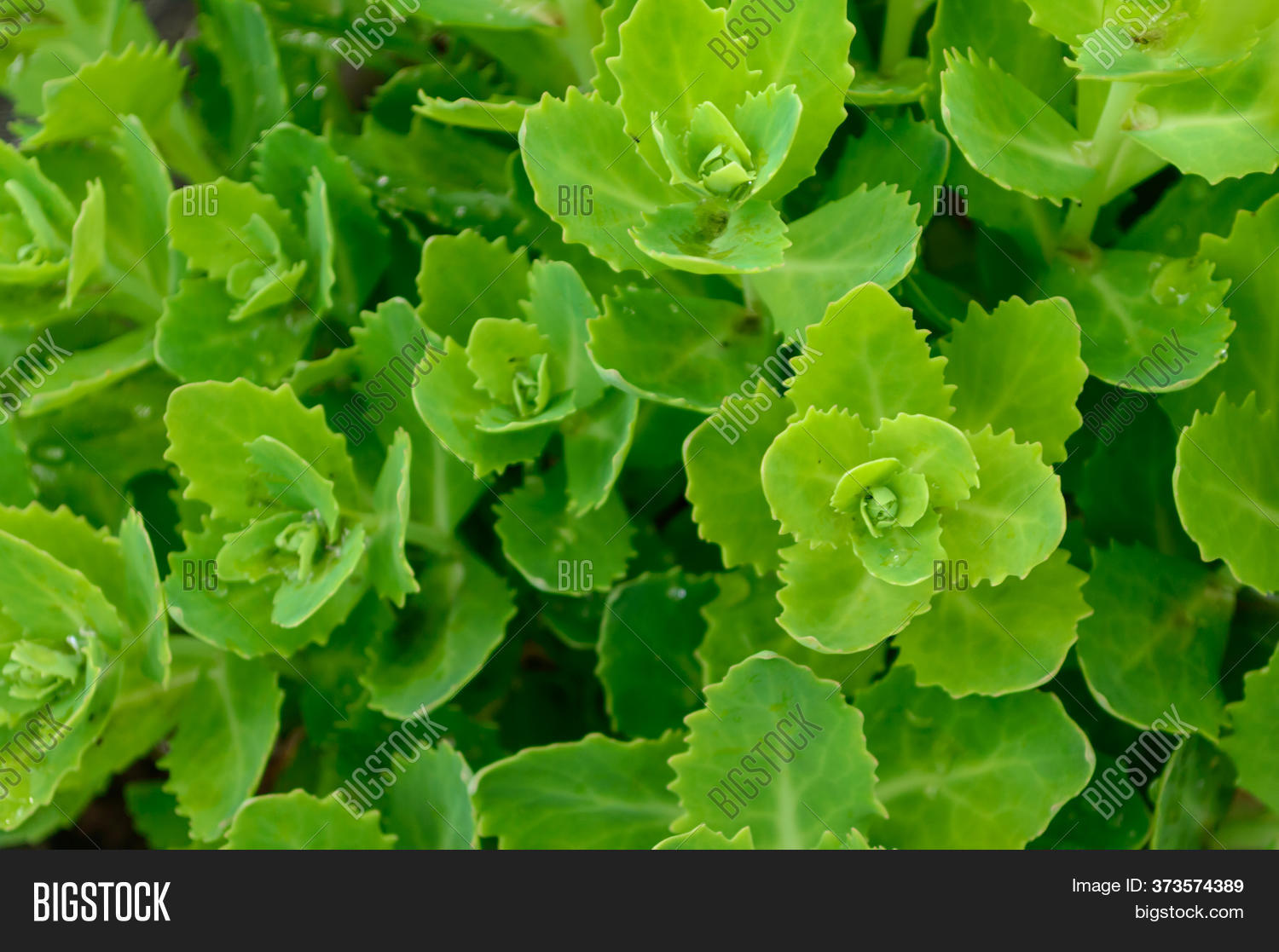

#Brown spots on plant stem how to
Check out our post about common houseplant pests and how to treat them for some tips on figuring out if your plant is experiencing pest issues.Īs you can see the list of possible leaf spot culprits is long. Indoor plant pests can cause any number of leave spots, holes, and color changes. For more information on how to fertilize your houseplants, check out this past blog post. If you are fertilizing your plants during their growing months, make sure you are using the right fertilizer for your plant with all the appropriate macro-and micronutrients. Nutrient deficiencies are a lot more difficult to diagnose in plants because of all of the different ways plant nutrients interact with each other. Fertilizers contain salts, which when added in too high concentrations can lead to the edges of your plant burning and turning brown. Too much fertilizer is often way more detrimental to a plant than too little. Many houseplant owners make the mistake of adding too much fertilizer to their houseplants. Fertilizer Salt Burn or Nutrient Deficiency In severe heat damage cases, water loss will cause large brown spots to form or entire leaves to crisp up and die. Edema can be as mild as small “pits” or scars in your leaves that may eventually turn brown. A leaf’s cells can burst in high heat or humidity, causing what is called edema. On the other end of the spectrum, a similar process can lead to leaf damage when plants are too hot.

Those damaged cells will not be able to recover even when removed from the cold and will usually have a wet or slimy appearance. Incorrect TemperatureĬold temperatures can cause the water in your plant’s leaves to freeze. Variegated plants usually need bright light in order to continue to produce variegation. Even plants that aren’t usually variegated can produce the spots due to genetic mutations or growing conditions. Some plants are chosen specifically for their exciting and vibrant variegation patterns. Variegation is the natural appearance of different colors, usually yellows and whites, within a leaf. On the flip side, plants that are not in enough light will not grow, lose their color, and their leaves will show signs of stress like brown or black spots. Light damage can show up on a leaf as a greying or browning at first and can lead to the entire leaf crisping up and dying. Just like human skin, plants can burn in direct sunlight if they are not made to handle it. Lighting that works for one plant may be too much for a plant even within the same plant family. Incorrect Light Levelsįollowing light guidelines for any plant can really make the difference between life and death. Sometimes the damage is immediately apparent and sometimes it can take days to show up. Because of this, mechanical damage can show up on leaves as small holes, tears, bends, or breaks. Even in your home, plants can be bumped by a moving chair, nibbled on by a pet, or jostled when a stiff breeze blows through the window. Whether you purchased a plant online that ships to your door or you picked it up at a local nursery, your plant has been moved around a lot to get to where it is living.
#Brown spots on plant stem skin
Plant leaves can be damaged and bruised just like the skin of an animal. That is why plants will show you they are underwatered when the edges of their leaves turn brown and crispy. In underwatered plants, it is often the parts of the plants farthest away from the roots that lose their water first. When plants lose turgor pressure, the cells that make up the leaves collapse and die. When plants do not receive enough water, their leaves lose something called turgor pressure. Top Causes for Spots on Plant Leaves Dehydration or Low Humidity


 0 kommentar(er)
0 kommentar(er)
